Last Updated on September 2, 2020 by The Tutor
5 Tips for Creating Healthy Spaces
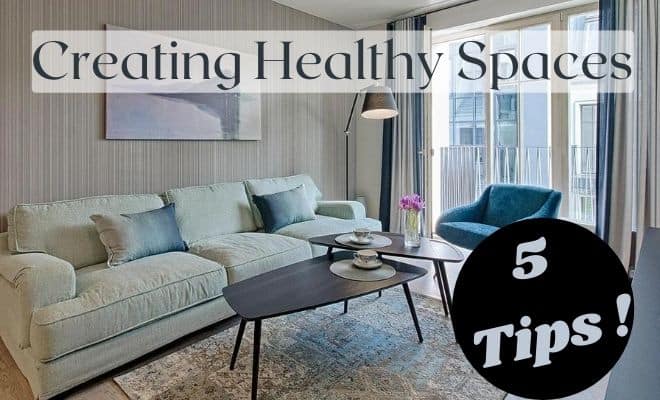
It’s a widely known fact that our physical environment has a significant impact on our health and well-being. While a healthy lifestyle certainly involves healthy habits such as exercising, eating right, and healthy stress management, creating healthy spaces is equally important.
Creating healthy spaces has a lot to do with incorporating different interior design elements and striking the perfect balance between them. The fact that we spend an astonishing 90% of time indoors only highlights the importance of designing healthy spaces to work and live in.
From colors and materials to natural light and indoor air quality, a number of factors need to be considered when creating spaces that support a wellness-centered lifestyle. With that in mind, here are five tips on creating healthy and pleasant environments through interior design.
Personalize Your Living Space

Since the majority of our days are spent indoors, whether working or living, it makes sense that you would strive to make that environment as pleasant as you can. The design you come up with has to be comfortable and functional, so make sure to get ergonomic furnishings that will reduce the risk of back pain and go for pieces that are practical and easy to use on a daily basis.
Incorporating a variety of different textures and soft textiles will warm up the space and make it more inviting, while adding a couple of homely items is sure to give your office space a more relaxed feel.
The spaces where you work and live in should act as extensions of your personality, so don’t shy away from including some personal items as a part of the decor. Whether it’s a framed picture, a vase of favorite flowers, or beautiful artwork, injecting a dose of your personality is sure to enhance your mood and create an environment that is motivating and inspiring.
Creating Healthy Spaces with Colors
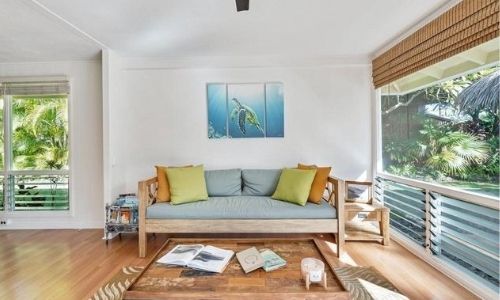
Although this is a matter of personal preference, there is no doubt that colors have an immense impact on mood and well-being. Different colors will stimulate the senses in a different way, and they will also affect your perception of your surroundings.
Decide on the mood you want to create in certain settings and use the colors accordingly. For a sense of spaciousness, use light colors, and for a feeling of intimacy, opt for darker hues. Use active and passive colors according to your needs, and rely on neutrals to balance everything out and create harmony.
When it comes to colors and your mood, you should spend time thinking about the lighting and which color temperature is right for your room. We suggest reading our article about the Kelvin Color Temperature before purchasing lighting or light bulbs.
Add Function to Each Room
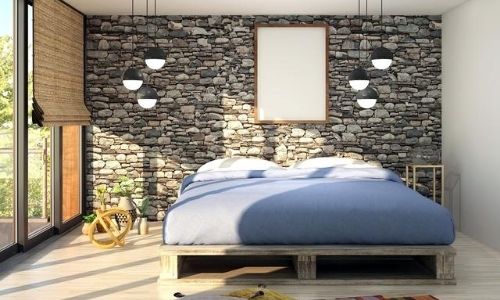
When designing healthy spaces, you want to think in terms of emotions you want to evoke, giving each room a specific function. For example, areas such as the bedroom should evoke feelings of calmness and peacefulness. This means you need to eliminate any distractions such as clutter, harsh colors, and digital devices. Similarly, spaces dedicated for physical activities, yoga, or meditation should be reserved for only that, containing only essential fitness equipment.
If you are an employer, adding such a room could greatly benefit your business as it can help boost employee morale and improve mood, productivity, and energy levels.
You may want to consider hiring certified experts in healthy interiors to help you with their skills and expertise in wellness design. These professionals will ensure that your fitness room complies with healthy building certifications, and they may offer some workplace wellness programs as well.
Keep the Room Bright
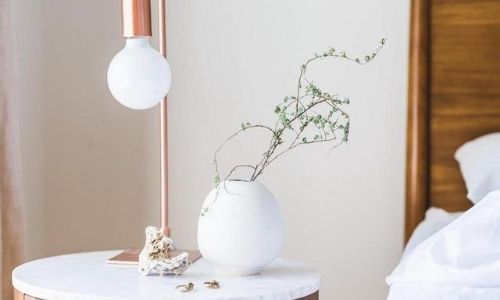
Natural light and indoor air quality are two important factors to keep in mind when designing healthy commercial and residential interiors. Light has an immense impact on our mood and wellness, so you want to vary the light sources and keep the environment bright regardless of the time of the day. Adding natural light sources (windows, glass doors, skylights, etc.) is by far the most important as natural light helps regulate circadian rhythms, but installing artificial lighting that mimics daylight is equally important.
You also want to ensure that the indoor air quality is good, so consider using air quality meters as well as air purifiers. Make sure that the interiors are properly ventilated by letting the fresh air in, and make use of air-purifying plants, too.
Choose Fabrics and Materials that are Easy to Clean
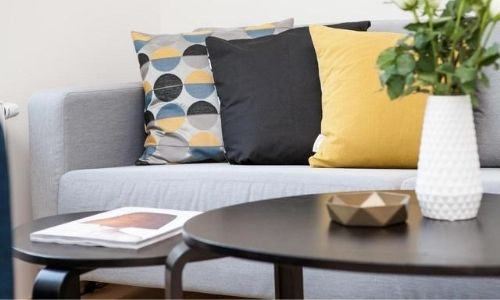
Ensuring high hygiene levels is equally important in both residential and commercial settings, especially now when we’re living in the post pandemic era. Preventing the spread of germs and viruses is of crucial importance, and keeping the germs and bacteria at bay is made easier when the surfaces are easy to disinfect and keep clean.
Surfaces covered in ceramic or porcelain tiles will be easier to keep clean compared to more porous materials, meaning they won’t support the spread of fungi and mold. Plus, they can be disinfected using regular cleaners without doing any damage to the finishes.
Summary
For thousands of years, people from different cultures explored the impact of the environment on well-being and emotions. Indian people had Vastu Shastra while the Chinese had Feng Shui. Both disciplines showcase the significance of good interior design for a good physical and mental health.
Today, we owe our knowledge mostly to psychology and neuroscience, and because of them, we are able to determine the effects certain interior design elements and lighting have on us. If we manage to apply them correctly, we can create an environment in which we will enjoy our living spaces.
